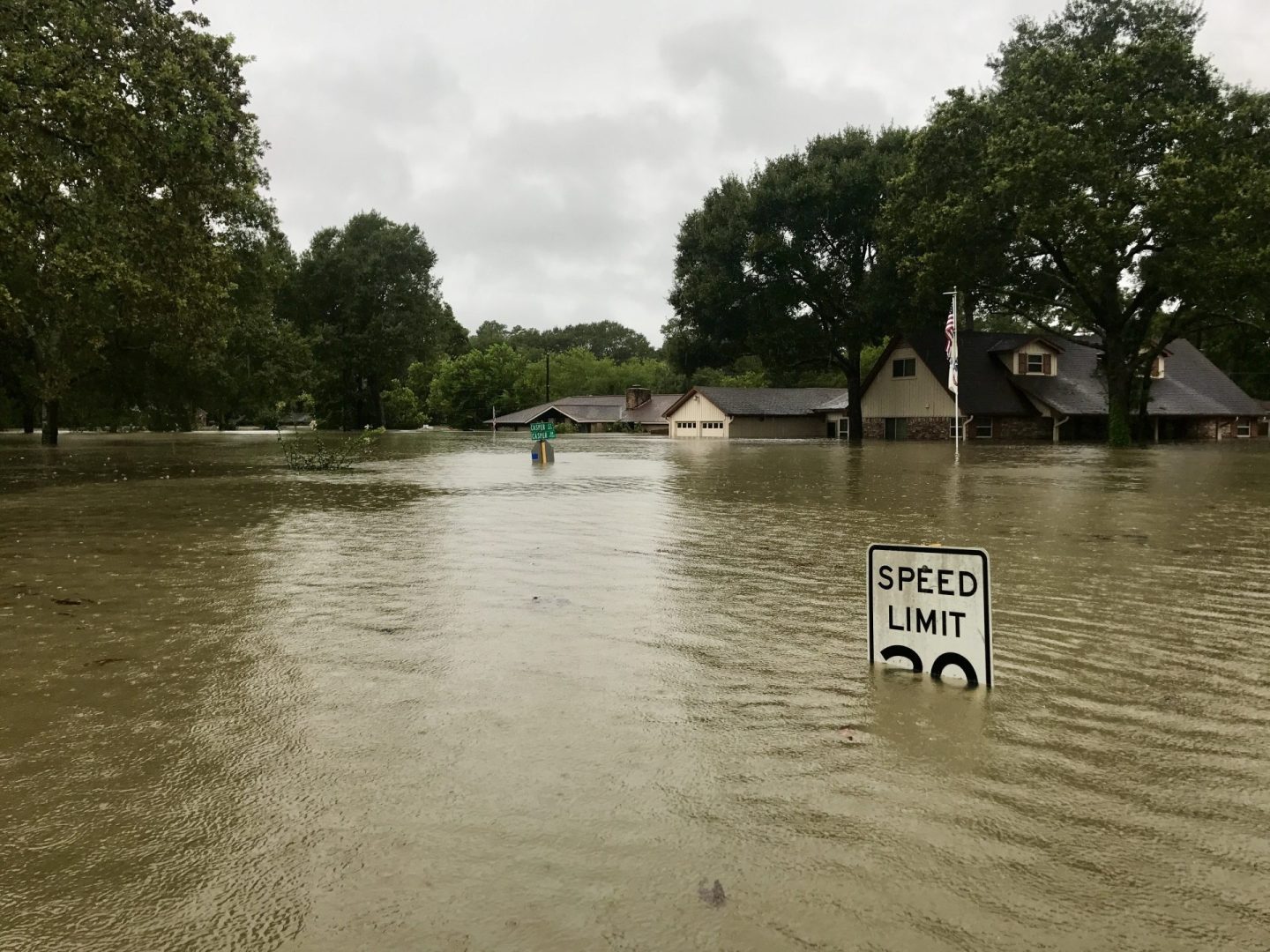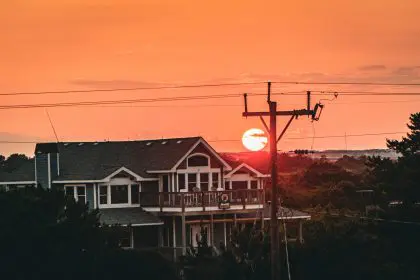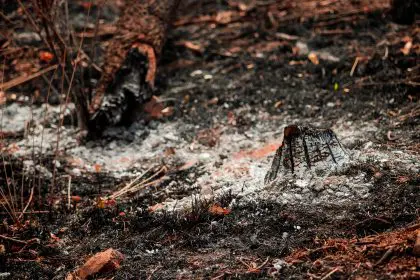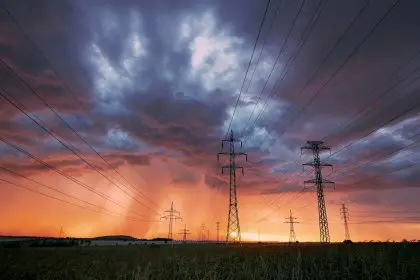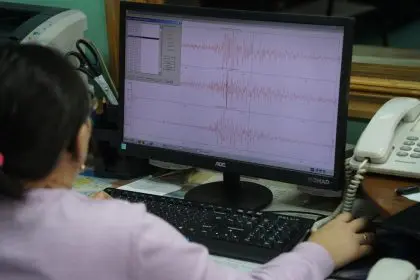A mountain village in New Mexico already struggling to recover from devastating wildfires has been struck by another natural disaster, as flash floods claimed three lives in Ruidoso. The victims include two young children and a middle-aged man, all swept away by powerful floodwaters that transformed the scenic community into a dangerous torrent zone.
The tragedy has compounded the challenges facing Ruidoso residents, who were still rebuilding their lives after recent wildfire damage left many homes and businesses in ruins. Now, the same community must cope with flood damage while continuing their recovery from the earlier disaster.
Emergency responders rushed to the scene as reports of the flash flooding emerged, but the swift-moving water made rescue operations extremely dangerous. The combination of fire-damaged terrain and intense rainfall created conditions that allowed water to move with unprecedented speed and force through the mountain community.
1. Children among the victims in mountain tragedy
The flood claimed the lives of a 4-year-old girl and a 7-year-old boy, along with a man estimated to be between 40 and 50 years old. The young victims represent a particularly heartbreaking aspect of this natural disaster, as families who had already endured the trauma of wildfire evacuation now face the unthinkable loss of their children.
Emergency officials have not released the identities of the victims, but the impact on the tight-knit mountain community has been profound. Ruidoso, known for its scenic beauty and outdoor recreation opportunities, has transformed from a peaceful retreat into a scene of devastating loss.
The circumstances surrounding each death highlight the unpredictable and dangerous nature of flash flooding, particularly in mountainous terrain where water can accumulate quickly and move with tremendous force down steep slopes and through narrow valleys.
2. Fire damage worsens flooding impact
The recent wildfire damage in Ruidoso has created conditions that significantly worsened the flooding situation. Burned vegetation that would normally help absorb rainfall and slow water runoff has been destroyed, leaving the landscape vulnerable to rapid water accumulation and erosion.
Fire-damaged soil becomes less absorbent, creating a hardened surface that allows water to flow more quickly across the terrain rather than soaking into the ground. This phenomenon, known as hydrophobic soil, is common in recently burned areas and dramatically increases the risk of flash flooding even from moderate rainfall.
The combination of steep mountain topography and fire-damaged vegetation created a perfect storm for dangerous flooding conditions. Areas that might have handled normal rainfall without incident became channels for fast-moving water that could sweep away anything in its path.
Emergency response challenges
Mountain rescue operations face unique challenges that complicate emergency response efforts. The rugged terrain makes it difficult to deploy heavy equipment, while the remote location of many properties can delay rescue teams from reaching affected areas quickly.
Communication systems may also be compromised in mountainous regions, making it harder for residents to call for help or for emergency services to coordinate their response effectively. The recent wildfire may have further damaged infrastructure, creating additional obstacles for rescue operations.
Weather conditions in mountain areas can change rapidly, with rainfall intensity varying dramatically over short distances. This unpredictability makes it challenging for emergency officials to issue timely warnings and for residents to gauge the severity of approaching threats.
Community resilience tested again
Ruidoso residents have demonstrated remarkable resilience in the face of repeated natural disasters, but the emotional and financial toll of consecutive emergencies has stretched the community’s resources and coping mechanisms to their limits.
Many families were still displaced from their homes due to wildfire damage when the flooding occurred, creating additional complications for emergency sheltering and support services. The overlap of recovery efforts from multiple disasters has created logistical challenges for both residents and support organizations.
Local businesses and community organizations that survived the wildfire are now assessing flood damage while trying to maintain services for residents who desperately need stability and normalcy after months of uncertainty.
Weather patterns and future risks
Mountain communities like Ruidoso face ongoing risks from extreme weather events, particularly during seasons when rapid temperature changes and intense precipitation are common. The elevation and topography that make these areas attractive for residents and visitors also create conditions that can quickly become dangerous.
Climate patterns in the Southwest have shown increasing variability in recent years, with periods of extreme drought followed by intense rainfall events. This pattern creates a cycle where wildfire risk increases during dry periods, followed by elevated flooding risk when heavy rains return to fire-damaged areas.
Recovery and rebuilding challenges
The path forward for Ruidoso residents now includes recovering from both fire and flood damage, a complex process that will require sustained support from emergency management agencies, insurance companies, and charitable organizations. The community must rebuild not only physical structures but also the sense of security that has been shattered by consecutive disasters.
Long-term recovery planning will need to address the increased vulnerability created by the combination of fire damage and flood risk. This may include changes to building codes, improved drainage systems, and enhanced early warning systems designed specifically for mountain communities.
The resilience and determination that helped Ruidoso residents cope with the initial wildfire disaster will be crucial as they face the additional challenges posed by flood damage and the ongoing threat of future extreme weather events.

